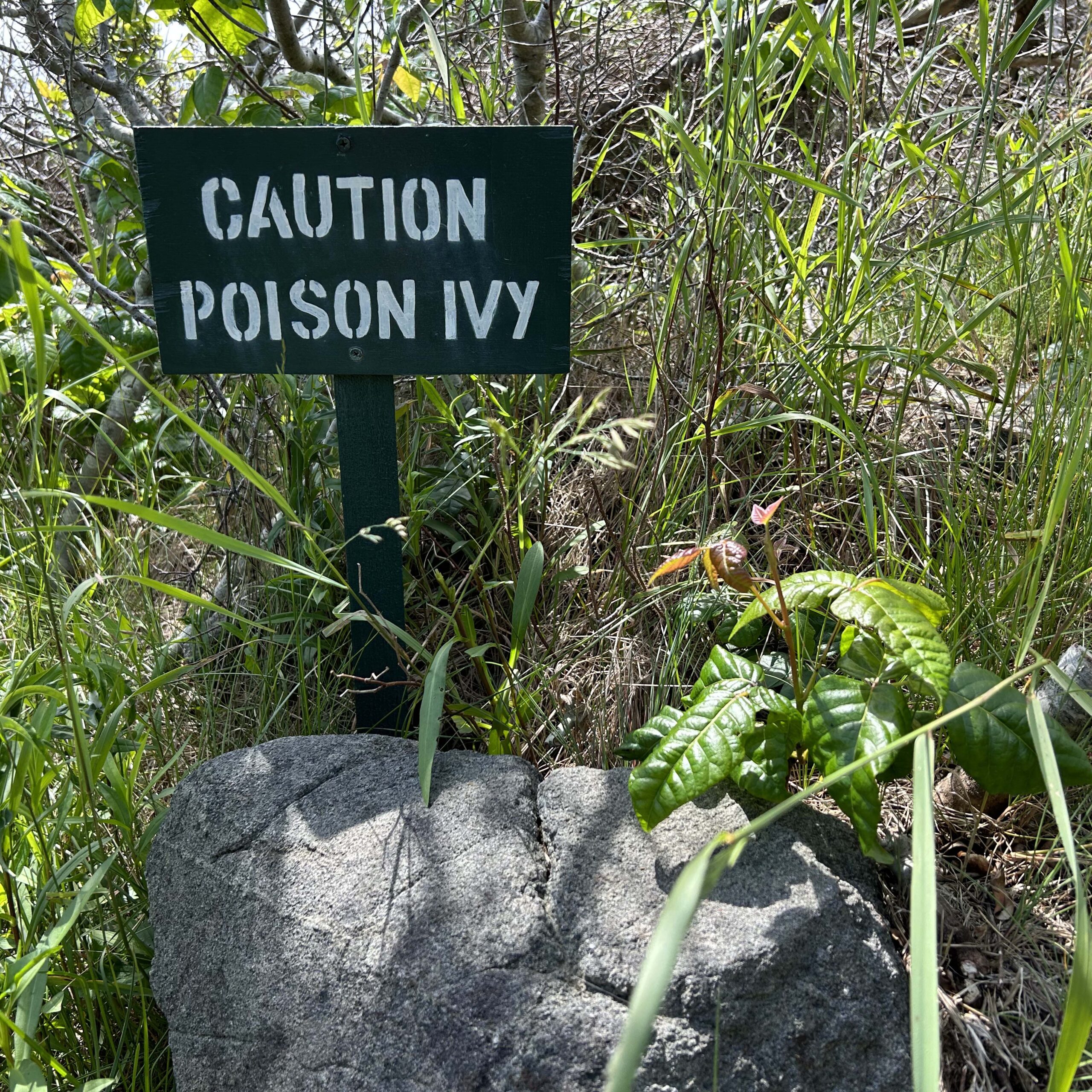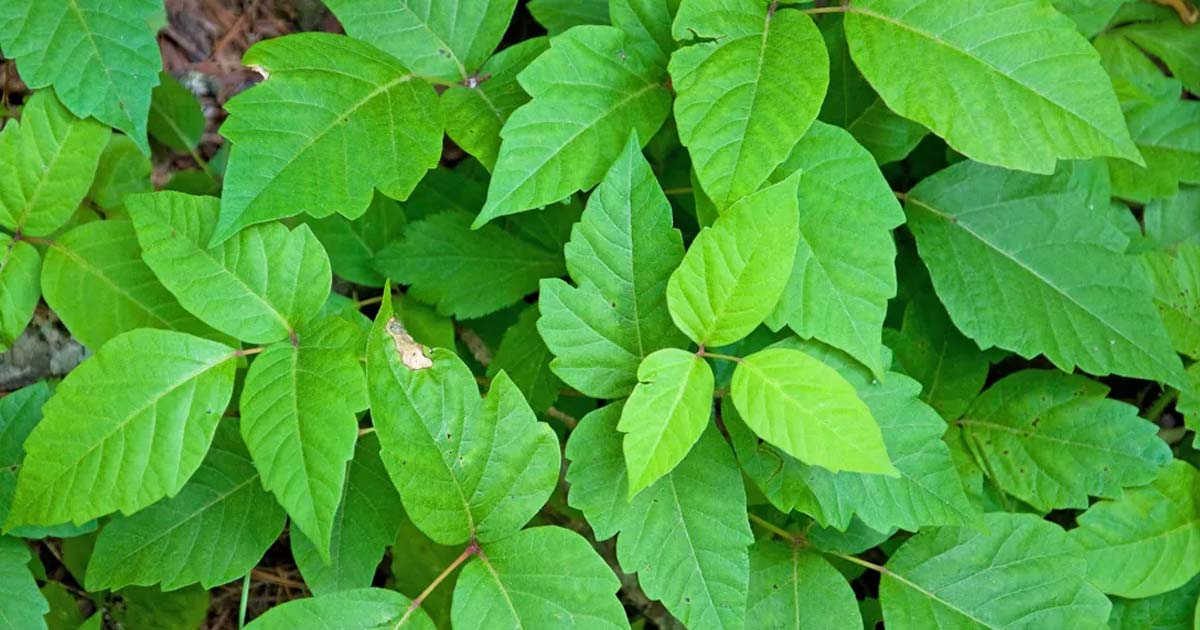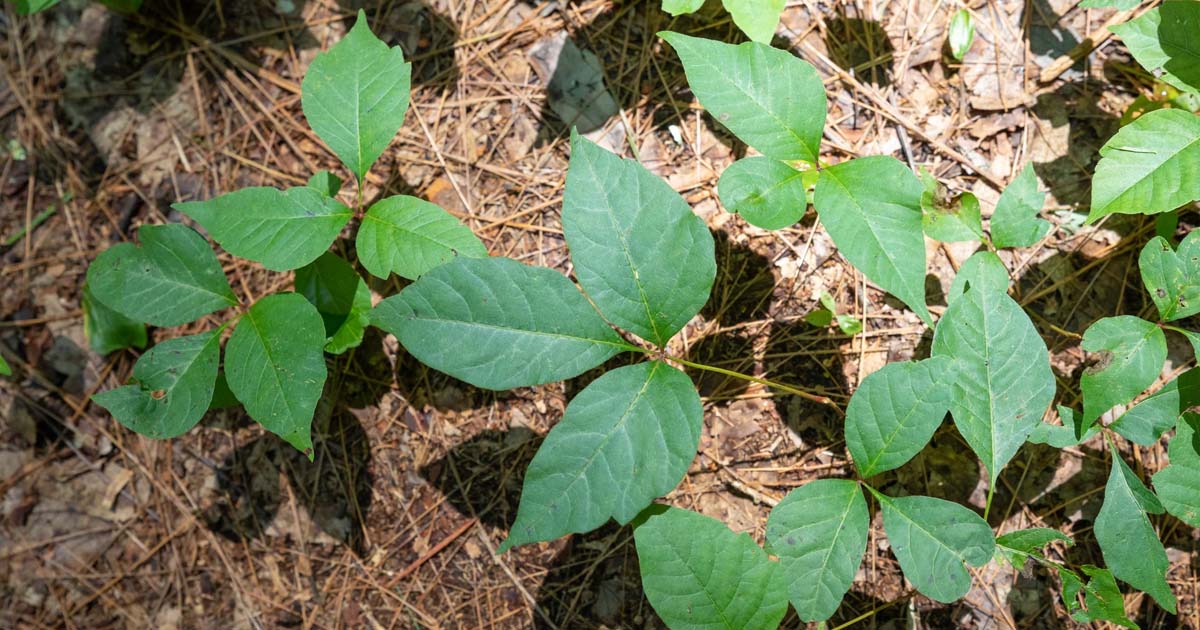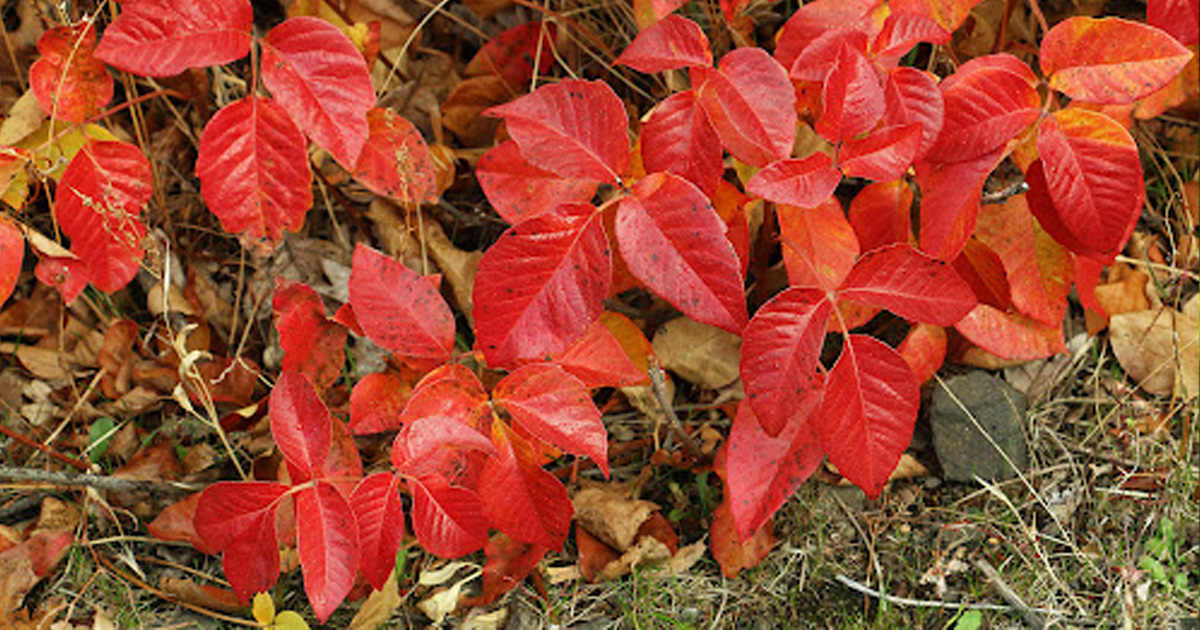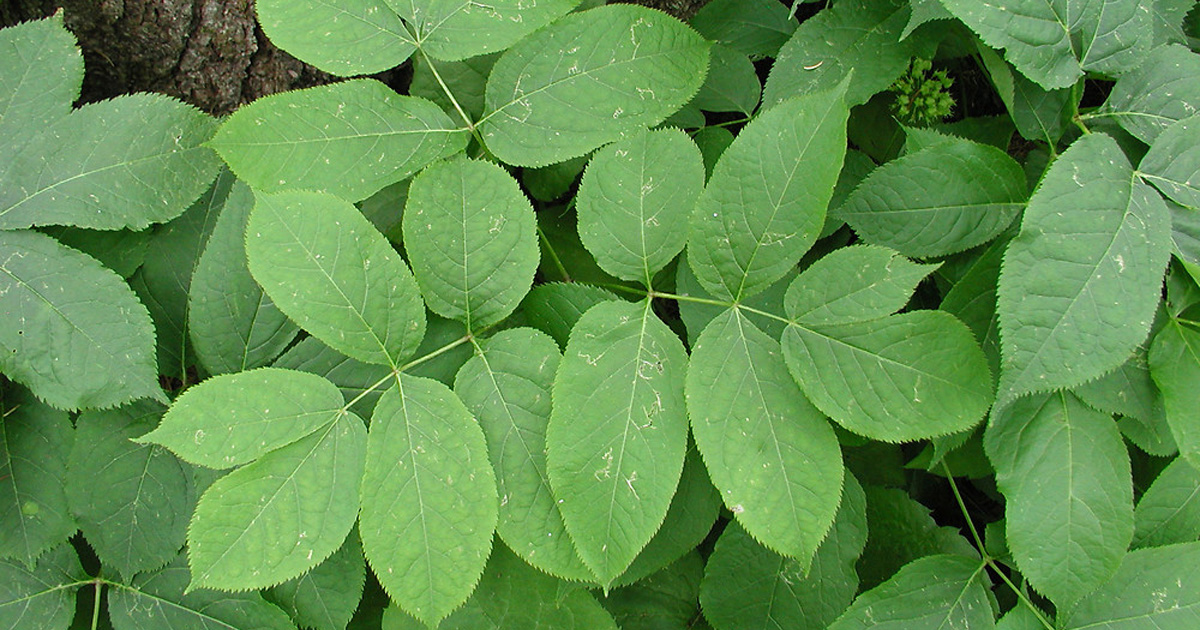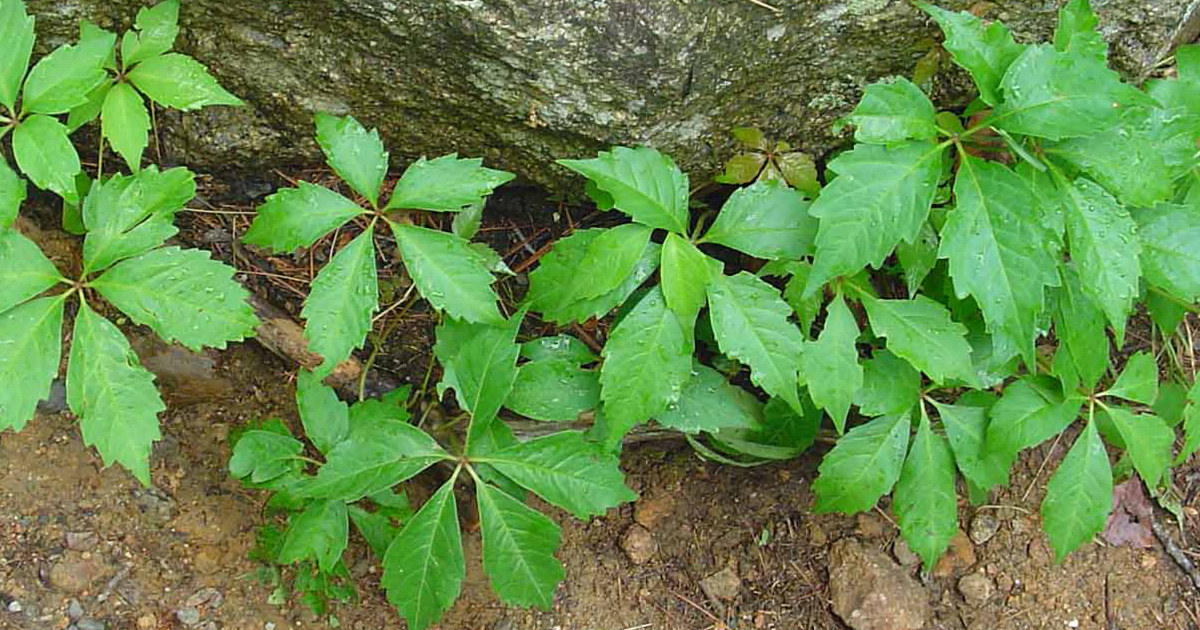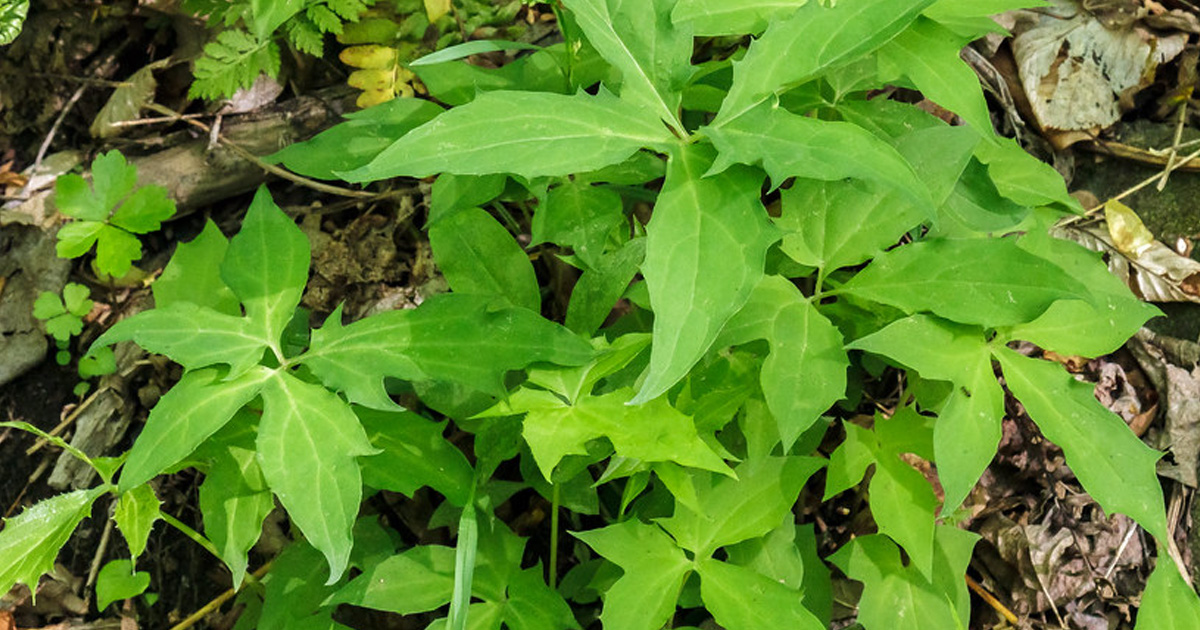POISON IVY
Poison Ivy is present on the lands and trails owned and managed by the Monhegan Associates (MAI). While it is often much maligned due to the risk it can present to some, it is native to Monhegan and an important food source for birds during their fall migration and throughout the winter. MAI does attempt, when possible, to address Poison Ivy in a limited way in areas where it poses a potential hazard along marked trails. We are deeply commited to protecting the environmental balance of our wildlands by abstaining from the use of herbicides. All clearing of Poison Ivy must be done by hand and therefore, as a primarily volunteer led organization, total eradication of all Poison Ivy along the trails is not always possible. We strongly recommend visitors enjoying our trails wear appropriate clothing and footwear, stay on marked trails, respect Monhegan’s leash laws by keeping pets with you and on the trails at all times, and be well informed about how to accurately identify this plant (see below).
Identifying Poison Ivy

Ways It Grows
Poison Ivy can take three possible growth forms:
- Sometimes it looks like a thick hairy vine, and you’ll see it winding around a tree and climbing high into the air.
- Sometimes it looks a like a bush or a shrub.
- Other times it will carpet the ground.
As a result, you may see Poison Ivy at almost any height, from your toes to above your head.
Variations in Appearance
A challenge in dealing with Poison Ivy on the trails is the inability to correctly identify the plant. The first and best defense against Poison Ivy is being able to identify it precisely and avoid contact. Below are some photos of Poison Ivy showing some of the variations in appearance that may be seen in the wildlands.
Poison Ivy Look-Alikes
There are several plants found in Maine that may be spotted in the wildlands that of Monhegan that can potentially be mistaken for Poison Ivy, which at times can lend to the impression that Poison Ivy is more prevalent on our trails than it is. Below are a just few common examples of Poison Ivy “look-alike” plants.
If a plant is truly Poison Ivy it will have the following characteristics:
- Compound leaves with three leaflets
- The stalk of the middle leaflet is much longer than the stalks of the two side leaflets
- The edges can be smooth or coarsely toothed
- Surface can be glossy or dull

